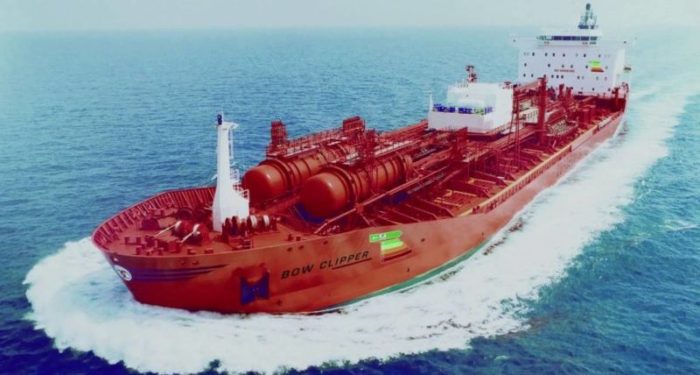Odfjell reported its results for Q3 2018, which as the company said, reflect a stable chemical tanker market, despite the fact that the market remained depressed during the quarter.
According to Odfjell, the chemical tanker market remained depressed during the third quarter of 2018, but the company believes that 2018 will be the turning point for the chemical tanker markets.
[smlsubform prepend=”GET THE SAFETY4SEA IN YOUR INBOX!” showname=false emailtxt=”” emailholder=”Enter your email address” showsubmit=true submittxt=”Submit” jsthanks=false thankyou=”Thank you for subscribing to our mailing list”]
In addition, General demand and COA nominations were still high during the quarter but the spot rates softened slightly because of the continued supply pressure from swing tonnage from other tanker segments, due to the depressed CPP market.
The global core chemical tanker orderbook remains at 8% of the current fleet. What is more, the global deep-sea fleet based on vessels larger than 18,000 dwt grew by 9 vessels in 3Q as 11 vessels were delivered, and 2 vessels were scrapped. Two new orders of 19,000 dwt chemical tankers were also concluded during the quarter.
Regarding crude oil prices, they reached their highest levels since late 2014, driven by competitiveness for US based chemical producers.
Furthermore, the Product Tanker sector affected the chemical tanker market through influx of swing tonnage if its core segment is soft. Namely, fundamentals continue to point towards an expected recovery in the Product Tanker segment with tonne-mile demand increasing by 4.3% per year in comparison to supply growth of 2.4% per year by 2020. This should positively impact chemical tankers by reducing swing tonnage and easing supply pressure.
Finally, chemical tanker demand is expected to increase by 5% to 7% on average per year by 2020 compared to a vessel supply growth of 2% on average per year in the corresponding period.





























































